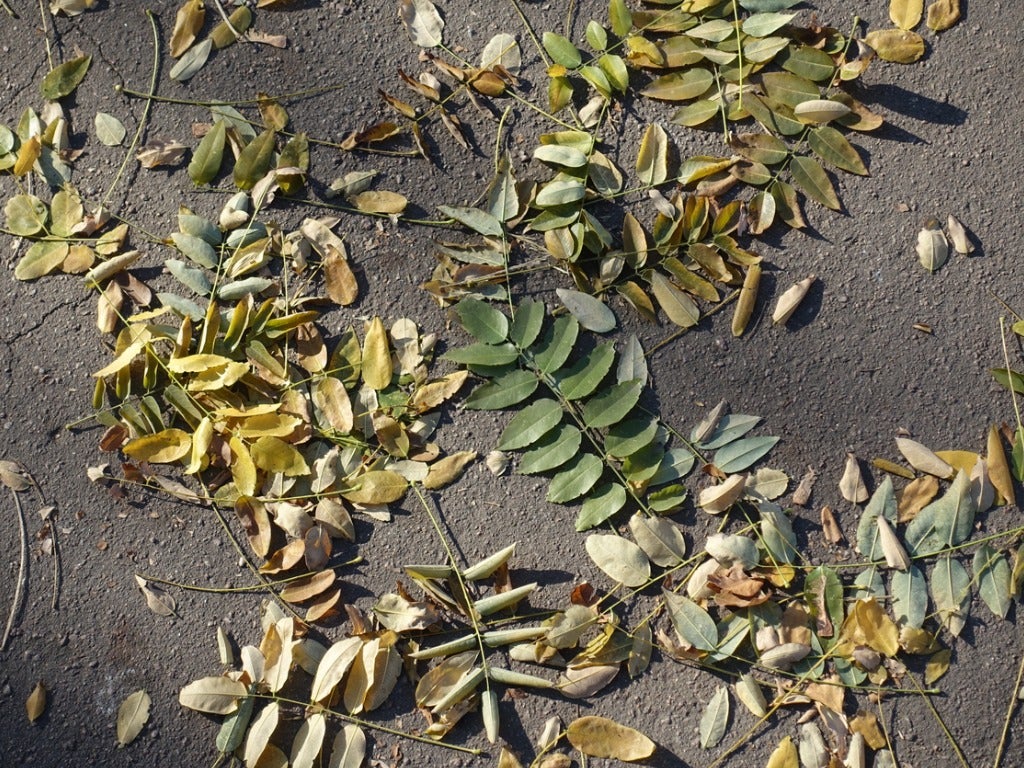Reasons For Early Leaf Drop: Why Are My Plants Losing Leaves


When you notice plants losing leaves unexpectedly, you may worry about pests or diseases. However, the true reasons for early leaf drop can be something else entirely, like the weather. Weather events obviously affect trees and plants in your garden.
Read on for more information about early leaf drop in trees and plants and how it relates to weather in your area.
Plants Losing Leaves
That falling foliage may be weather-related rather than something more dire. Your trees and smaller plants all lose leaves at different times and for different reasons. When you see plants losing leaves, the issue can be pests, diseases, or improper cultural care.
Early leaf drop in trees, though, is often weather-related. The term ‘weather-related leaf drop’ is used to describe how plants react to extreme weather or sudden changes in weather conditions. Very often, they drop their leaves.
Every year is unique when it comes to weather. Some events particularly affect plant life in your backyard. This can include snow, wind, excess rainfall, drought, and unusually warm spring days followed by cold weather. Any or all of these can be reasons for early leaf drop.
Often, the leaves that fall as a result of weather-related leaf drop are older leaves that would have fallen later in the season anyway, were it not for the spell of extreme weather. This is especially true for conifers.
Dealing with Early Leaf Drop in Trees
When early leaf drop is due to recent weather, there is little you can do to help the tree. While this may sound discouraging, it isn’t as bad as it sounds. Most of the time when you see leaf drop because of the weather, it is a temporary defoliation.
Sign up for the Gardening Know How newsletter today and receive a free copy of our e-book "How to Grow Delicious Tomatoes".
The plants will likely recover unharmed. The time to worry is if you see early leaf drop year after year. This can cause stress and make the plants susceptible to pests and diseases.
In that case, you should determine the weather event that is at the heart of the problem and try to compensate for it. For example, you can irrigate during drought or offer protection from cold weather. Alternatively, you might want to swap out your plants for those more adapted to the weather in your area.

Teo Spengler is a master gardener and a docent at the San Francisco Botanical Garden, where she hosts public tours. She has studied horticulture and written about nature, trees, plants, and gardening for more than two decades, following a career as an attorney and legal writer. Her extended family includes some 30 houseplants and hundreds of outdoor plants, including 250 trees, which are her main passion. Spengler currently splits her life between San Francisco and the French Basque Country, though she was raised in Alaska, giving her experience of gardening in a range of climates.